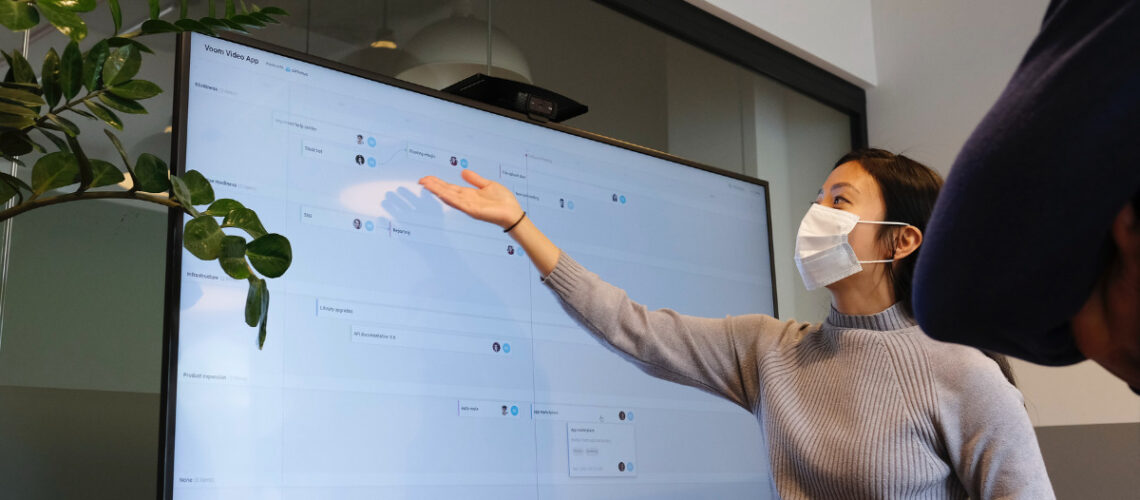In the demanding world of education, professionals often find themselves juggling an array of responsibilities. From managing classrooms and curriculums to addressing the diverse needs of students, the role of an educator is multifaceted and, at times, overwhelming. Achieving a balance between professional responsibilities and personal life is a challenge that many, including Sean Monteith, an education professional from Toronto, Ontario, Canada, navigate regularly. This balancing act is not just about avoiding burnout; it’s about nurturing a sustainable career in education while maintaining a fulfilling personal life.
Understanding the High-Pressure Nature of Educational Roles
Educational roles, particularly in leadership positions, come with a unique set of pressures. There are the obvious responsibilities like curriculum planning, student performance, and administrative duties. But there are also less visible but equally pressing challenges such as supporting the emotional and social well-being of students and staff, managing limited resources, and adapting to ever-evolving educational standards and technologies. These pressures can often lead to long hours and high stress, making work-life balance seem like an elusive goal.
Strategies for Achieving Work-Life Harmony
Prioritization and Time Management: The key to balancing any high-pressure role is effective prioritization and time management. This involves identifying the most crucial tasks and allocating adequate time to them, while also setting aside time for personal activities and relaxation. It’s about recognizing that not everything can be accomplished at once and that sometimes, good enough is better than perfect.
Setting Boundaries: Establishing clear boundaries between work and personal life is crucial. This might mean turning off work emails and notifications during family time or personal hours. For individuals like Sean Monteith, who are deeply committed to their profession, setting these boundaries can be challenging but necessary for long-term well-being.
Delegation and Trust in Your Team: Delegation is a skill that can significantly ease the burden on educational professionals. By trusting colleagues and staff members to handle certain tasks, leaders can free up time to focus on more pressing issues or personal commitments. Effective delegation also involves empowering others, allowing them to grow and develop in their roles.
Self-Care and Mental Health: Prioritizing self-care is essential for maintaining balance. This includes regular exercise, a healthy diet, adequate sleep, and activities that reduce stress. Mental health, often overlooked in the education sector, is as crucial as physical health. Professionals should not hesitate to seek support through counseling or therapy if needed.
Professional Development and Learning: Continual learning and professional development can seem counterintuitive to work-life balance. However, staying abreast of new educational trends, techniques, and technologies can make work more efficient and fulfilling, indirectly benefiting personal life.
Building a Support Network: Having a strong support network, both professionally and personally, is invaluable. This network can provide advice, share workload, and offer emotional support during challenging times.
The Role of Educational Institutions in Supporting Work-Life Balance
Educational institutions play a significant role in fostering an environment that supports work-life balance. This can include providing resources for stress management, offering flexible working arrangements, and creating a culture that values and respects personal time. Institutions can also offer professional development opportunities focused on time management and emotional well-being.
Case Studies: Success Stories in Achieving Balance
There are numerous success stories within the education sector where individuals have found a harmonious balance. For example, Sean Monteith has managed to navigate his demanding role while maintaining a fulfilling personal life. This has been achieved through a combination of effective time management, delegation, and prioritizing self-care. His approach serves as a model for others in similar high-pressure educational roles.
Technology as a Tool for Balance
In today’s digital age, technology can be a double-edged sword in the quest for balance. On one hand, it can tether educators to their work 24/7, but on the other, it offers tools for efficiency and time management. Utilizing technology effectively, such as through educational apps, digital calendars, and communication tools, can help educators streamline their workload and create more personal time.
Achieving Harmony in Education
The journey to achieving work-life harmony in the high-pressure environment of education is ongoing. It requires a conscious effort, continuous refinement of strategies, and support from the educational community. For professionals like Sean Monteith, finding this balance is not just about personal well-being; it’s also about setting a positive example for colleagues and students. By prioritizing balance, educators can ensure they bring the best of themselves to their roles, positively impacting their students and the broader educational landscape.

